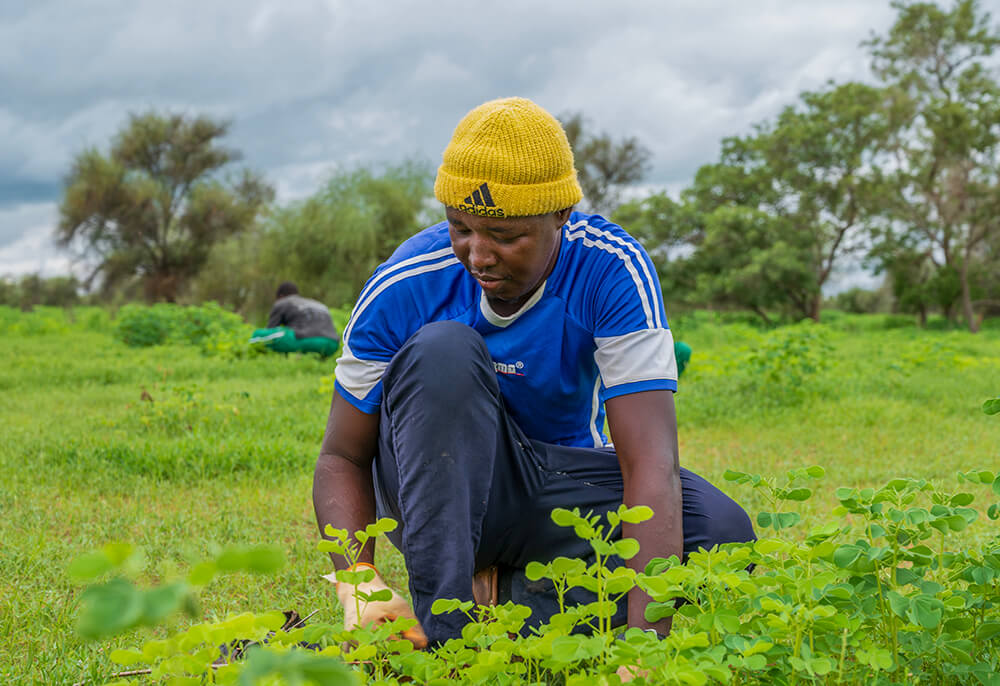This insightful observation from Paul Polman highlights the integral role of sustainable practices in the future of business. As the corporate world increasingly pivots towards sustainability and Corporate Social Responsibility (CSR), 2024 presents a crucial opportunity for businesses to align with this global movement for change. Here we share a comprehensive approach to developing a business strategy that not only meets CSR objectives but also drives meaningful progress in our interconnected world.
Why Sustainability Matters in 2024
According to the 2023 Global Risks Report by the World Economic Forum, environmental concerns dominate long-term risks, with climate action failure and extreme weather events ranked as the most severe threats facing the world. This shift highlights a growing consumer and investor demand for businesses to adopt sustainable practices. Predictions from leading environmental think-tanks suggest a surge in consumer demand for transparency and eco-friendly products, alongside stricter environmental regulations. Companies that respond to these environmental challenges proactively will not only contribute to global sustainability goals but are also likely to gain a competitive edge in a market increasingly driven by eco-conscious consumers and ethical investment criteria.

The Role of a Sustainability Manager
A Sustainability Manager plays a pivotal role in guiding your company through the complexities of sustainable transformation, ensuring that strategies are effectively integrated into all business operations and align with long-term environmental goals. They’re instrumental in crafting policies, ensuring compliance, and maintaining the delicate balance between profitability and environmental stewardship. If resources do not allow for a dedicated Sustainability Manager, businesses could consider assigning a sustainability-focused role to an existing team member.
The transformative impact of a Sustainability Manager is well illustrated by the Environmental Defense Fund’s (EDF) Climate Corps. This program places MBA students trained in energy efficiency in companies for a summer, where they have uncovered over $1 billion in potential energy savings. For example, following the success of an EDF Climate Corps fellow, Adidas created the position of Senior Manager for Environmental Affairs, tasked with overseeing sustainability initiatives and ensuring the company’s environmental objectives align with its overall business strategy.
The role of a Sustainability Manager in driving significant environmental change is exemplified by IKEA’s proactive approach to sustainability. The global retail leader, under the guidance of its Chief Sustainability Officer, launched an ambitious 2030 forest agenda. This initiative has already made significant strides, with more than 98% of the wood used in their products being either FSC-certified or recycled. The 2030 agenda ambitiously extends beyond meeting sustainability targets to set new industry standards, encompassing responsible forest management, biodiversity enhancement, and community support, in so doing exemplifying a Sustainability Manager’s role in environmental stewardship and operational transformation.

Developing a Sustainable Business Strategy
Designing a sustainable business strategy is akin to planting a tree. It requires care, patience, and strategic planning to flourish. Here’s how you can grow your green blueprint:
- Step 1: In-depth Sustainability Assessment
Conducting a sustainability audit involves a comprehensive review, not just of the environmental aspects of your business but also of its social and economic impacts. Companies must look at the full scope of their impact, from the carbon footprint of their operations to the social ramifications of their supply chains.
- Step 2: Setting Specific Sustainability Targets
Businesses must go beyond general statements and set specific, measurable, achievable, relevant, and time-bound (SMART) goals. For example, utilizing the Science Based Targets initiative (SBTi) offers a structured approach, grounded in scientifically validated methods, for effectively reducing greenhouse gas emissions.
- Step 3: Comprehensive Policy Development
The creation of actionable policies requires a multi-faceted approach that considers various aspects of the business. This could involve developing a green procurement policy, waste reduction strategies, and employee sustainability training programs.
- Step 4: Stakeholder Engagement and Collaboration
Engaging stakeholders is about building relationships with employees, customers, investors, and the community. Companies should foster a culture of sustainability through regular communication, collaborative initiatives, and inclusive decision-making.
- Step 5: Rigorous Tracking and Transparent Reporting
Monitoring progress with robust Key Performance Indicators (KPIs) is crucial. Companies should establish regular reporting mechanisms to communicate their progress to stakeholders and be willing to recalibrate their strategies based on performance data.

Leaders in Sustainability
Leading companies like Intuit and Patagonia are not just participating in sustainability but pioneering it. Intuit’s approach, aiming for carbon neutrality by 2030, includes tree planting initiatives in urban areas and partnerships like The Farmlink Project, which has redirected over 3 million pounds of food from landfills. Patagonia goes beyond by contributing 1% of sales to environmental restoration, focusing on diverse initiatives from land conservation to climate change advocacy. These examples offer actionable models for companies looking to integrate comprehensive and impactful sustainability into their business plans.
WeForest’s Model for Sustainable Reforestation
WeForest sets the standard for sustainable reforestation, growing over 80 million trees worldwide, enhancing biodiversity, and improving community livelihoods. Our Forest Landscape Restoration (FLR) approach advances the recovery of entire ecosystems, as demonstrated in our work within Ethiopia’s Tigray region. Our projects leverage transparent Geographic Information Systems (GIS) and third-party audits, demonstrating a pathway for companies to reduce their carbon footprint while also advancing socio-economic and environmental progress. Companies aspiring to enhance their sustainability plans can look to WeForest as a meaningful partner.
The Business Case for Sustainability
“Businesses cannot succeed in societies that fail” – Kofi Annan.
These words from the esteemed former UN Secretary-General echo the deep interconnectedness between corporate success and societal well-being. The final takeaway is clear: integrating sustainability into your business is both ethical and strategic. Companies that adopt sustainable practices tend to see increased operational efficiency, improved brand image, and increased employee morale. With consumers and employees rallying behind brands that care for the planet, your sustainability plans for 2024 could very well define your competitive edge.














